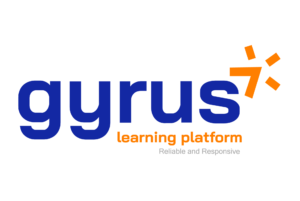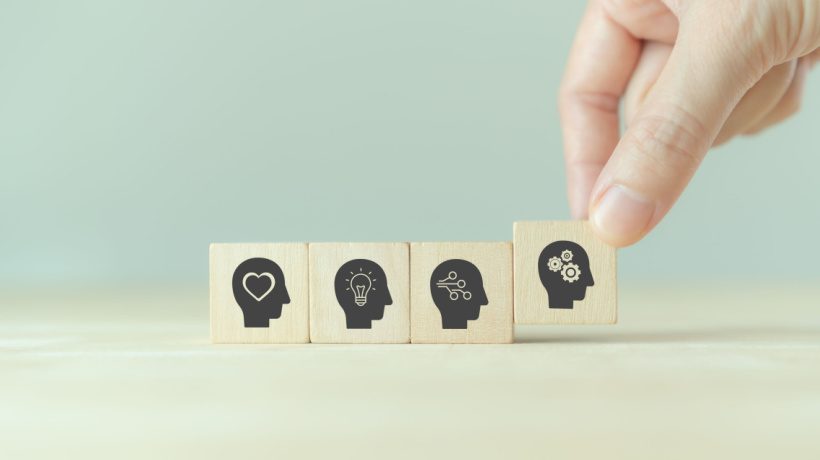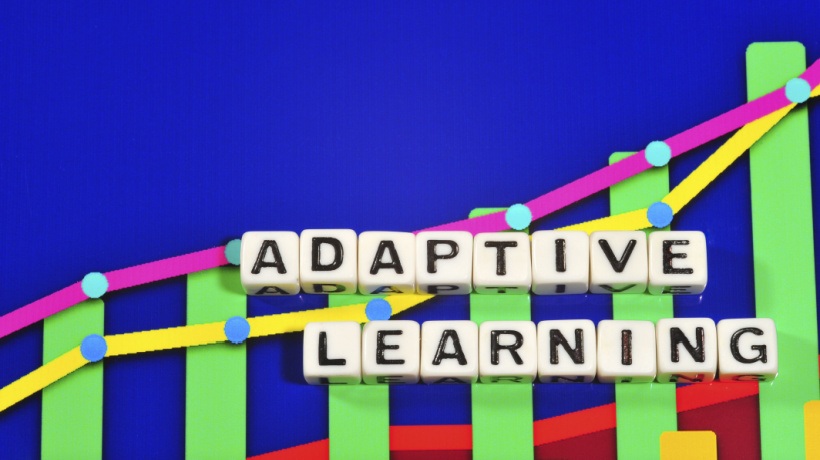Upskilling Employees With Adaptive Learning
Adaptive learning is a teaching strategy that provides learners with distinctive and tailored experiences to maximize their performance. Ultimately, adaptive eLearning is flexible learning that uses the advantages of online learning while concentrating on each learner's unique needs, objectives, preferences, and learning styles.
You might, however, believe that incorporating this into your Learning and Development (L&D) can be extremely difficult. And it is, indeed. But it's also not particularly complicated. Simply make sure that each L&D program focuses on each learner's individuality.
Best Practices For Developing An Adaptive Learning Approach For Upskilling
1. Promote Continuous Learning
Promoting a learning culture within your firm is crucial when developing an adaptive learning approach. A spirit of constant improvement can reflect your company's beliefs while motivating your staff to work harder to further their careers. Learner engagement can be one issue you run into during the process. Less formal learning can occur if you allow your learners to explore on their own and learn outside of the constraints of a (virtual) classroom in addition to the academic training.
It's interesting to note that the core idea of adult education is self-directed learning. While some people learn better with a structured curriculum, others prefer little to no guidance as they read up on various articles, watch videos, and take mini-courses independently, depending on the objectives they want to accomplish at the time.
Increasing the chances for social learning within your firm is another strategy to promote a culture of continuous learning. These promote increased teamwork both within and between teams. This is possible by:
- Establishing a blog or forum threads for workplace learning, where learners may communicate with one another and express their enthusiasm for learning.
- Interacting with them on social media channels while giving informal learning materials.
- Using peer-to-peer mediation technologies for collaborative learning that enable internal Subject Matter Experts (SMEs) to impart their expertise on specific subjects.
Making self-improvement a habit among your staff will undoubtedly pave the way for more efficient adaptive learning within your company.
2. Safe Sources For Learner Data
Next, find out where you can obtain data and information on your learners' existing job roles, industries, learning preferences, and hobbies. This information will help you decide what training materials to suggest to your staff. By this time, you should have a sufficient understanding of your employees' learning preferences and behaviors, regardless of whether you're using adaptive learning technology or manual methods.
If you already have enough information, you can research the training programs that most of your learners are interested in, the resources they use, and the learning styles they favor (e.g., one-on-one training with a trainer or group sessions with their co-workers and a trainer). With this information, you'll be able to identify your learners' preferences and modify your upskilling program's design, delivery, and available learning content accordingly.
For instance, a preliminary evaluation of their learning objectives, preferred learning styles, ability levels, and other criteria can assist you in determining the appropriate learning resources to provide your employees and the platforms on which to do so. In fact, several eLearning platforms provide a built-in portal that allows HR and L&D professionals to instantly track their learners' progress, whether it be collectively, individually, or in groups.
3. Concentrate On Content That Is Relevant To Your Learners
In addition to having dependable adaptive learning technology, it's great to have access to a wide range of educational materials and training programs. These ought to deal with the skills shortages in your staff.
Ensure your LMS or LXP is stocked with learning materials that are occupation-relevant, business-focused, and industry-specific. Then, every learner in your business will be catered to. Additionally, your learning system must integrate well with your training programs and solutions. One explanation for this is the simple accessibility to training, which may increase training consumption and traffic within your LMS or LXP.
A personalized learning system similar to Netflix is also a terrific idea because its smart content suggestion engine can greatly impact how your staff learns and what specialized and pertinent content they consume. Some firms use Artificial Intelligence (AI) technologies to offer information to learners based on their portal usage, skill levels, and job roles. As a result, learning procedures and systems become more engaging and intuitive.
The important thing is to make sure that your business has learning material for everyone. This will make it simpler for you (or your system) to recommend suitable materials to staff members whenever they feel the need to advance their professional or personal development.
4. Establish Customization As The Standard
Personalized learning and adaptive learning are often used interchangeably. Moreover, they have a great deal of similarity. However, they are only similar, not identical. You could consider it this way: customized learning experiences make up the ongoing learning process known as personalized learning. In order to better meet particular needs and goals, this is accomplished through adaptive learning. Personalizing learning experiences is the aim, and adaptive learning is an efficient way to accomplish this. Accordingly, you can guarantee customization in your L&D by:
- Selecting educational materials according to each business and employment position
- Delivering customized training programs based on the goals and needs of each learner
- Designing a customized course program for each team or group
Create a specialized curriculum and syllabus depending on the group members' current skills, preferred learning styles, and areas for improvement, for instance, if you wish to concentrate on upskilling a specific team. L&D becomes more concentrated and efficient when it targets the group's collective learning preferences and needs.
5. Take Into Account A Training Course With A Learning Support Staff
It's excellent to have a team of experts who can help your learners at every stage of their learning process, from the beginning of your learning program until the assessment phase. Ensure your L&D program has a team of consultants to help your learners have the best possible learning experience. They can also be useful in making recommendations for educational materials and activities that your staff can use. Additionally, these experts are aware of when to present the proper materials to your learners at the proper time, place, and platform. This is a practical method to include adaptive learning in your upskilling plan. A dedicated learner support team can give individualized learning experiences a human touch in addition to the technology that makes them possible.
Conclusion
In conclusion, adopting an adaptive learning strategy in your L&D ensures that your staff receives highly individualized learning experiences. This can then assist them in broadening and improving their skillsets, which are essential for the long-term development of your business.










